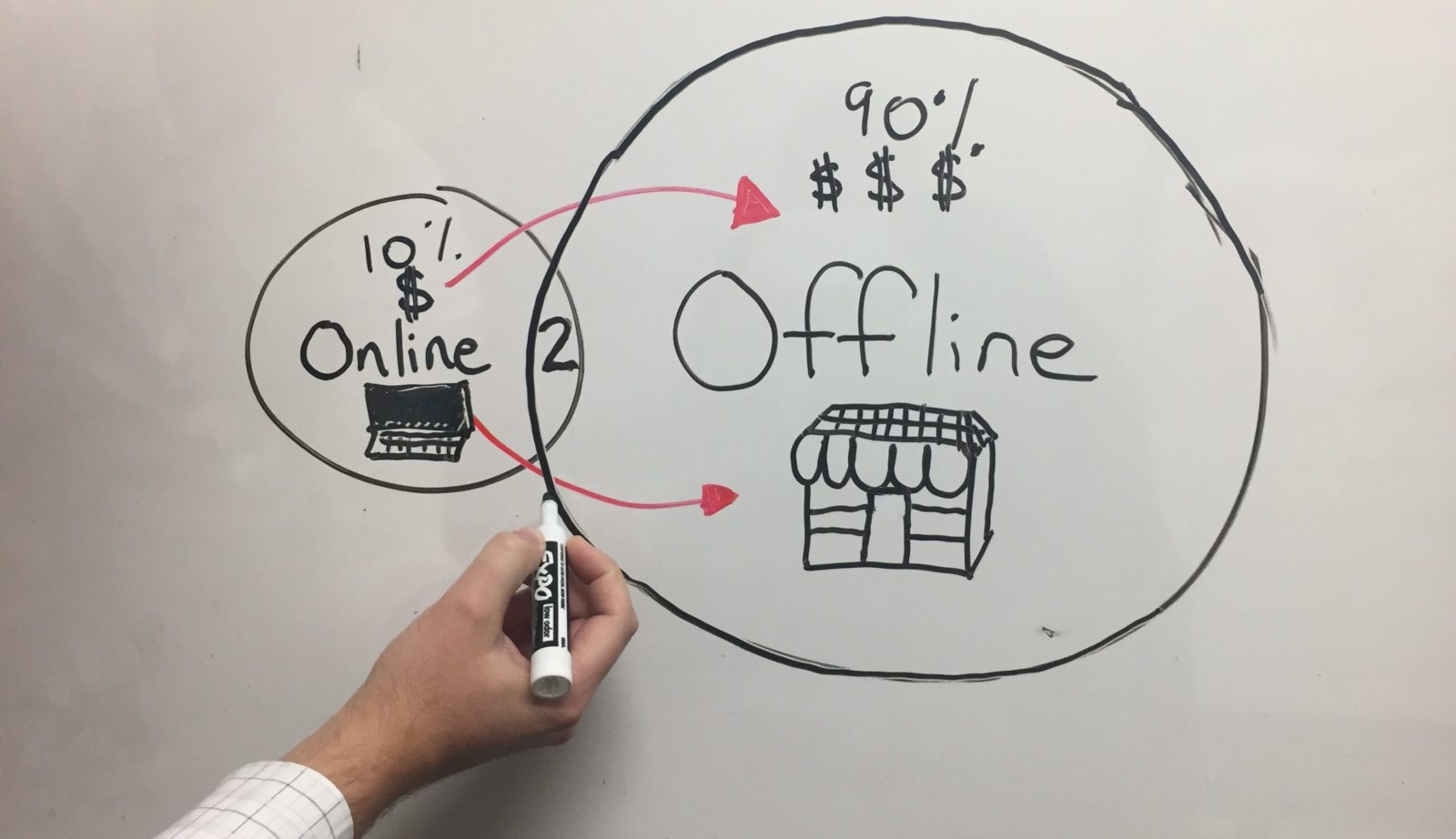An omni channel strategy has the potential to elevate manufacturer and channel partner sales while creating amazing customer experiences. However, this type of alignment isn’t always easy to achieve, especially when an incredible amount of energy and digital savviness is required from retailers that improves the connectivity with your brand. Modern software platforms help manufacturers and channel partners share data with greater ease and precision, creating new opportunities to maximize the potential of eCommerce and the customer experience.
Building stronger partnerships and improving revenues is possible through omni channel eCommerce, but only if organizations are able to partner with one another effectively with the resources available.
Leverage Brand Infrastructure to Remove Omni Channel Gap
Many retailers don’t take advantage of eCommerce let alone omni channel for a variety of reasons creating an Omni Channel gap. The reasons why range from limited technical skills, no time to keep website current, and don’t have the funds necessary to invest in IT infrastructure or digital advertising to drive traffic to make the site successful.
If retailers struggle with such simple matters, then how can manufacturers expect consumers to be offered the convenience of being able to purchase online and improve revenues for all parties involved? It doesn’t have to be this way, and this is where simplification comes into play. Manufacturers can serve as the eCommerce store for its retailers and distribute sales evenly and fairly amongst its retailer network. The content and inventory is always up to date and the consumer experience is 100% in your control. Instantly Manufacturers can bridge the technology gap for retailers to get more of their channel partners engaged in the online channel to strengthen relationships and drive revenue gains for all parties involved.
Using Omni Channel to Strengthen Channel Engagement
Imagine, for a moment, that you are a salesperson at a retail store who showed up to work one morning to find new customers picking up a product. Sales people push what they know sells. If your product is turning over inventory at retail you can guarantee the sales team will learn more and recommend the product to new customers as the buyer commits to more inventory. When a new consumer walks in and asks for a recommendation from the salesperson, their response could be “we are selling a lot of these.”
Getting sales data through an omni channel analytics platform can give you immediate visibility into the health and stocking levels of your retail network, including what they should be stocking but are not. If you notice something out of the ordinary, you can check in with the retailer for feedback or insights.
The collaborative environment created when everybody is involved in the same eCommerce channel can be invaluable. Quick access to customer data and sales history to be proactive in the channel. Plus clear lines of communication giving everybody a voice only strengthens the connection between a manufacturer and its channel partners. In turn, it keeps your products top of mind for salespeople on the floor to maximize revenue potential.

